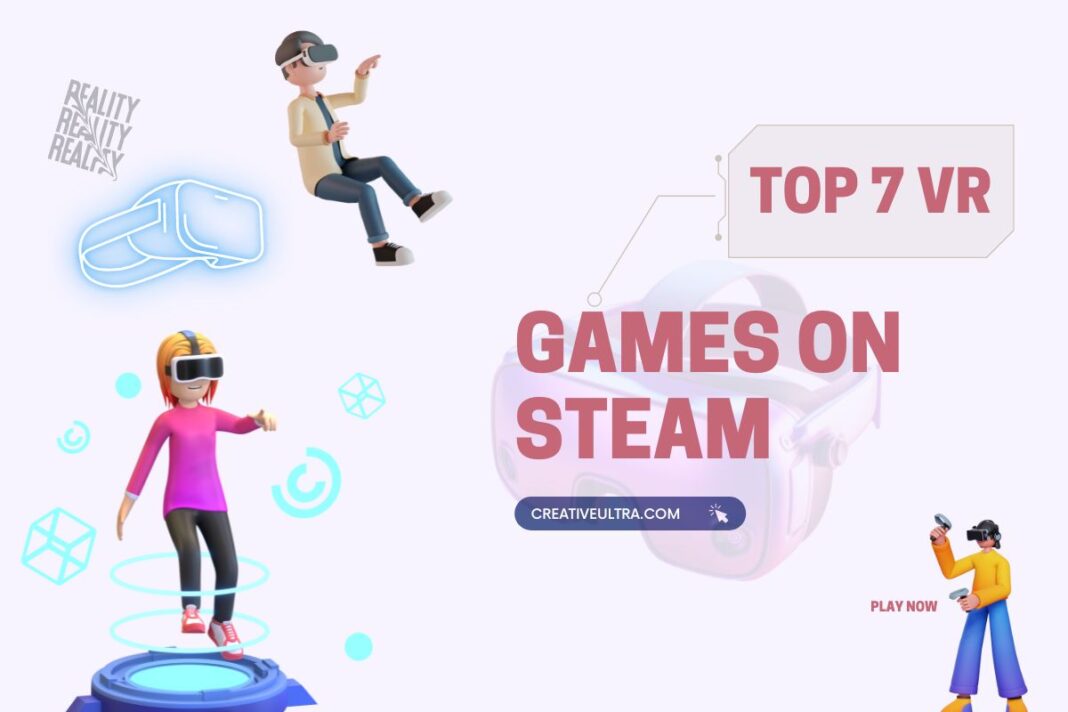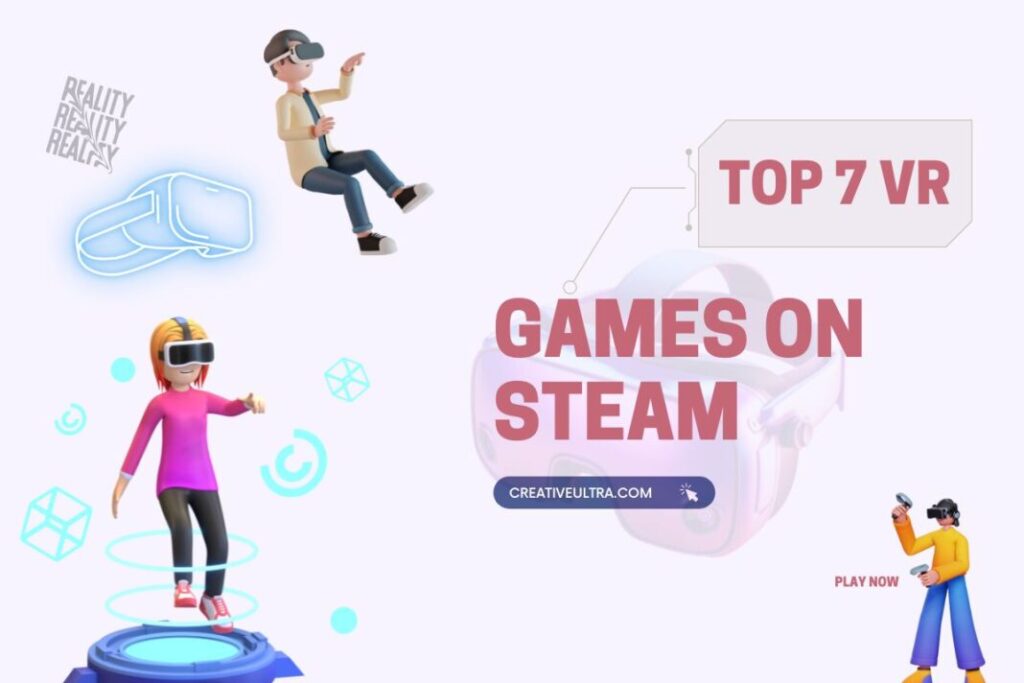Stream games set the stage for an exhilarating exploration of the gaming landscape, where enthusiasts can share their passion with others around the globe. In this realm, platforms like Twitch, YouTube Gaming, and Facebook Gaming take center stage, each offering unique features that cater to a diverse audience. Whether you’re a seasoned streamer or just starting, understanding these platforms is crucial for maximizing your streaming experience.
From user interfaces to functionalities, each platform has its own strengths and weaknesses, making it essential to choose the right fit for your streaming needs. Additionally, the equipment you use plays a significant role in the quality of your stream. A good microphone and camera can make all the difference, while learning to engage with your audience in real-time can elevate your streams to a whole new level.
Popular Platforms for Streaming Games

In recent years, game streaming has emerged as a significant form of entertainment and community engagement. Gamers and content creators are increasingly utilizing various platforms to share their gameplay experiences, create engaging content, and connect with audiences worldwide. This discussion highlights the top platforms for streaming games, examining their features, user interfaces, and the pros and cons of using each for game streaming.
Overview of Leading Streaming Platforms
Three of the most popular platforms for streaming games are Twitch, YouTube Gaming, and Facebook Gaming. Each platform has unique features that cater to different audiences and content creators, making them suitable for various streaming needs.
Twitch
Twitch is often regarded as the leading platform for game streaming, known for its extensive community and interactive features. With a user-friendly interface, Twitch allows viewers to engage with streamers through live chat, emotes, and subscriptions. Streamers can customize their channels with overlays and alerts, enhancing their branding and viewer engagement.
Advantages of Twitch include:
- Large and active user base, providing a vast audience for streamers.
- Robust interactive features such as chat, polls, and extensions.
- Opportunities for monetization through subscriptions, bits, and sponsorships.
Disadvantages of Twitch include:
- High competition, making it challenging for new streamers to gain visibility.
- Strict community guidelines and moderation policies that can restrict content.
YouTube Gaming
YouTube Gaming, a segment of the broader YouTube platform, offers a seamless experience for both live streaming and video uploads. The user interface is familiar to many, as it follows YouTube’s standard layout. Streamers benefit from access to a vast library of content, allowing them to integrate live streams with pre-recorded videos effectively.
Advantages of YouTube Gaming include:
- Large existing audience and potential for greater discoverability through search.
- Integration of live streaming with video uploads, enhancing content variety.
- Monetization options through ads and channel memberships.
Disadvantages of YouTube Gaming include:
- Less real-time interaction compared to Twitch, which may reduce viewer engagement.
- Algorithm changes can affect visibility and reach for live streams.
Facebook Gaming
Facebook Gaming has emerged as a noteworthy contender in the streaming landscape, leveraging the platform’s vast social network to connect streamers with viewers. The interface is designed to enhance social interactions, allowing users to share streams easily with friends and followers.
Advantages of Facebook Gaming include:
- Strong social networking features that facilitate sharing and community building.
- Integration with Facebook’s extensive user base, providing potential audience growth.
- Monetization options through fan subscriptions and ad revenue.
Disadvantages of Facebook Gaming include:
- Smaller gaming-specific community compared to Twitch and YouTube Gaming.
- Less focus on gaming culture, which may impact niche content visibility.
Each streaming platform brings its unique strengths and challenges, influencing the choice for streamers based on their content goals and desired audience engagement.
Essential Equipment for Streamers: Stream Games

To provide a captivating streaming experience, having the right equipment is vital. Quality gear enhances both the visual and audio aspects of your content, making it more enjoyable for your audience. This section will Artikel the essential equipment needed for high-quality game streaming, along with specific recommendations to ensure you stand out in the streaming community.
Necessary Equipment for High-Quality Game Streaming
Investing in the right equipment can significantly impact your streaming quality. The following items are fundamental for any aspiring streamer:
- High-Performance PC or Console: A powerful gaming rig or console is crucial for smooth gameplay and streaming. Look for a system with a multi-core CPU, a dedicated GPU, and sufficient RAM (at least 16GB) to handle demanding games while streaming.
- Microphone: Clear audio is essential for engaging with your audience. A good microphone can elevate your stream’s professionalism. The Audio-Technica AT2020 and the Blue Yeti are popular choices for streamers, offering excellent sound quality and versatility.
- Camera: A high-quality webcam or DSLR camera enhances your visual presence on the stream. The Logitech C920 is a well-regarded webcam with 1080p capabilities, while DSLRs like the Canon EOS M50 provide superior image quality.
- Capture Card: If you are streaming console games, a capture card is necessary to transfer video to your PC. The Elgato HD60 S is a preferred choice among streamers, providing high-quality 1080p capture with low latency.
- Lighting: Proper lighting can dramatically improve your video quality. Softbox lights or ring lights help to eliminate shadows and enhance your appearance on camera.
- Headphones: Good headphones allow you to monitor your audio levels and reduce background noise. The HyperX Cloud II or Audio-Technica ATH-M50x are excellent options.
Importance of a Good Microphone and Camera, Stream games
A high-quality microphone and camera are crucial components of a successful streaming setup. They can help you connect better with your audience by ensuring clear audio and sharp visuals.
“Good sound quality can be more impactful than video quality, as viewers often prioritize clear communication.”
For microphones, consider the following:
– Audio-Technica AT2020: Known for its wide frequency response and low self-noise, perfect for vocal clarity.
– Blue Yeti: A USB microphone with multiple pickup patterns, making it versatile for various streaming setups.
When it comes to cameras, the options include:
– Logitech C920: Offers 1080p streaming capabilities, excellent for beginners.
– Canon EOS M50: A mirrorless camera that provides stunning video quality and can be used as a webcam with the right software.
Setting Up Streaming Software and Hardware for Beginners
Getting your streaming software and hardware set up correctly is crucial for a seamless experience. The following guide Artikels the basic steps for beginners:
1. Select Streaming Software: Choose software like OBS Studio or Streamlabs OBS, which are user-friendly and widely supported.
2. Install Necessary Drivers: Ensure your microphone and camera drivers are installed correctly to avoid compatibility issues.
3. Configure Video Settings: Set your resolution and frame rate in the streaming software to match your hardware capabilities. A common setting is 720p at 30fps for beginners.
4. Audio Configuration: Adjust audio levels for your microphone and game audio to achieve a balanced sound. Monitor your audio levels to prevent distortion.
5. Set Up Scenes and Sources: Create scenes for different layouts (e.g., game view, intermission screen), and add sources like your game capture, webcam, and overlays.
6. Test Everything: Before going live, run test streams to check your audio and video quality, ensuring everything works smoothly.
By following these guidelines, beginners can create an effective streaming setup that enhances their gaming experience and engages their audience.
Engaging Viewers During Streams

Building a genuine connection with your audience is at the heart of successful game streaming. Engaging viewers not only enhances their experience but also fosters a sense of community, encouraging them to return for more. Various techniques can be employed to interact with your audience in real-time, making your streams more dynamic and enjoyable.
Creating engaging content goes beyond just playing popular games. Your game selection, commentary style, and overall interaction will significantly influence viewer retention. Here are some techniques and strategies for making your streams more engaging:
Real-time Interaction Techniques
Engaging viewers in real-time can set your stream apart from others. Here are effective methods to foster interaction:
- Live Chat Engagement: Actively read and respond to chat messages. Acknowledge new viewers by name to make them feel welcome.
- Polls and Q&A: Use chat features to conduct polls or ask viewers questions. This not only involves them but can also sway game choices or strategies during a stream.
- Gameplay Challenges: Create challenges based on viewer suggestions. For instance, allow viewers to dictate certain gameplay strategies or impose fun restrictions.
- Emote and Reaction Use: Utilize chat emotes and reactions as part of your commentary, responding to viewers in a way that reflects their engagement.
Content Creation Strategies
Selecting the right game and developing a compelling commentary style are crucial for maintaining viewer interest. Here are some strategies to consider:
- Game Selection: Choose games that are not only popular but also allow for viewer participation or interaction, such as multiplayer games or those with community events.
- Commentary Style: Develop a unique commentary style that reflects your personality. Whether it’s humorous, educational, or dramatic, consistency in tone helps viewers connect with you.
- Storytelling: Incorporate storytelling into your gameplay. Share personal anecdotes, game lore, or insights that enrich the gaming experience and keep viewers hooked.
- Scheduled Content: Create a streaming schedule that your audience can rely on. Regular streams at set times help build anticipation and loyalty among viewers.
Building a Loyal Audience
Maintaining viewer interest over time involves ongoing efforts to cultivate a loyal audience. Here are essential strategies to consider:
- Consistent Engagement: Regularly engage with viewers outside of streams through social media platforms or community forums. This keeps the connection alive between streams.
- Community Building: Foster a sense of community by encouraging viewers to interact with each other. Consider creating a Discord server or a Facebook group for fans.
- Exclusive Content: Offer subscribers or loyal viewers exclusive content, whether it’s behind-the-scenes access, special streams, or giveaways. This can motivate viewers to remain engaged.
- Feedback Implementation: Solicit and implement viewer feedback on your content. When audiences feel their opinions matter, they are more likely to stick around.
Creating a vibrant, interactive streaming environment transforms casual viewers into dedicated fans.


